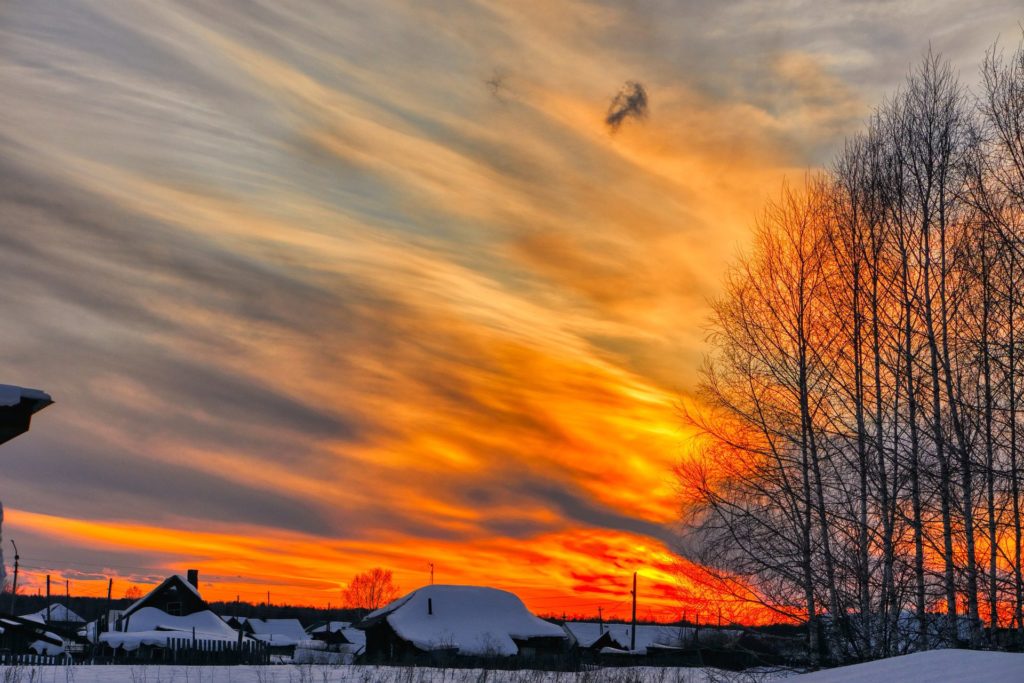
Siberia 2021: A Climate Time Bomb
In 1908, a sparsely-populated region of Siberia was hit by an explosion that literally sent shock waves across the world. Windows hundreds of miles away shattered, and airwaves set off by the detonation were detected in places such as Germany, the UK and even as far away as Washington DC. The cause of the air burst is still a matter of scientific debate, but the scale of the devastation was clear for all to see. An estimated 80 million trees, spread across an area of 830 square miles, were flattened by the blast. It was an environmental catastrophe.
But now, the region may be on the cusp of a far deadlier one.
Siberian Permafrost
Siberia is home to a huge area of permafrost, a layer of ground that has been permanently frozen, year-round, for millennia. It is more than just soil too; many plants and animals have essentially been cryogenically frozen in this ground, with scientists able to resurrect a plant retrieved from the permafrost in 2012 – 30,000 years after it went under. It is a haven for paleontologists, with the permafrost able to preserve specimens of old species without allowing them to decay in the same way most organic matter does over time. Recent discoveries have included mammoths, cave lion cubs and a woolly rhino that was still largely intact.
These discoveries may be welcome for one area of science, but for climatologists, they are worrying. They have only been made possible by the melting of the permafrost, and the large amounts of biomass found in this permafrost mean it also stores large amounts of greenhouse gas, and in particular, methane.
The Impact of Methane on Climate Change
For context, though carbon dioxide gets all the headlines for causing climate change, it is estimated that methane is responsible for 30% of the contribution towards global heating. There is far less of it being emitted; however, over a 20-year period, it is a staggering 72 to 84 times more powerful than CO2 at trapping heat. This efficiency, combined with its “underdog” status in the mainstream media, makes it a very dangerous adversary in the fight against climate change.
Scientists have been aware of this potential climate disaster in Siberia for a while now. Speaking on the BBC documentary Earth: The Power of the Planet, ecologist Dr. Katey Walter explained where the methane comes from: “The permafrost contains a very large pool of organic carbon. It’s dead plant matter, and when it is thawed out, in the bottoms of the lakes, it’s a food source for organisms that produce methane. They eat the dead plant matter and they burp out methane. It is the by-product of their digestion”.
She then detailed the most destructive element of this release “the methane then heats the atmosphere, contributing to global warming, which then causes more permafrost to melt and more methane to be produced and it’s sort of this vicious feedback cycle.”









